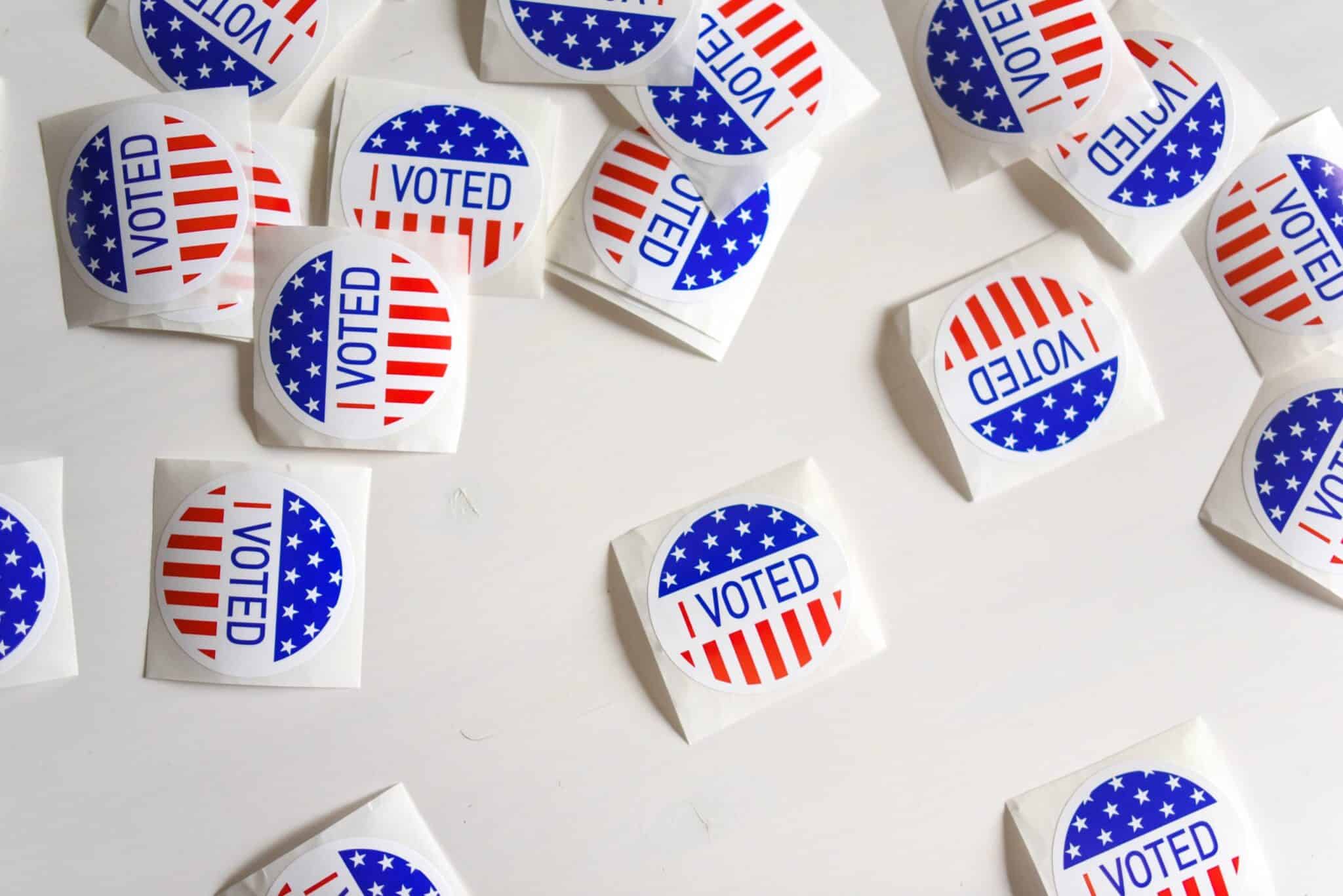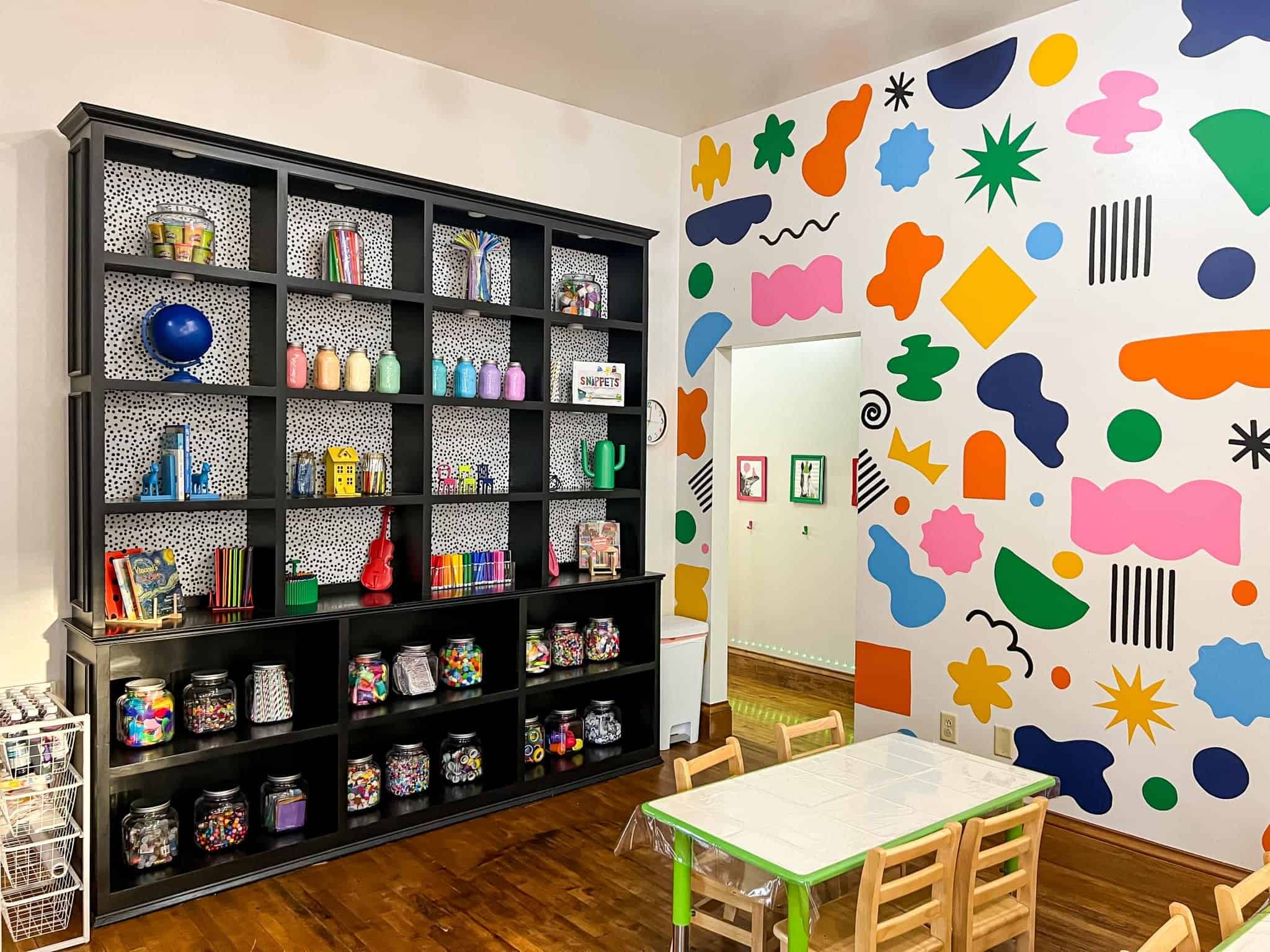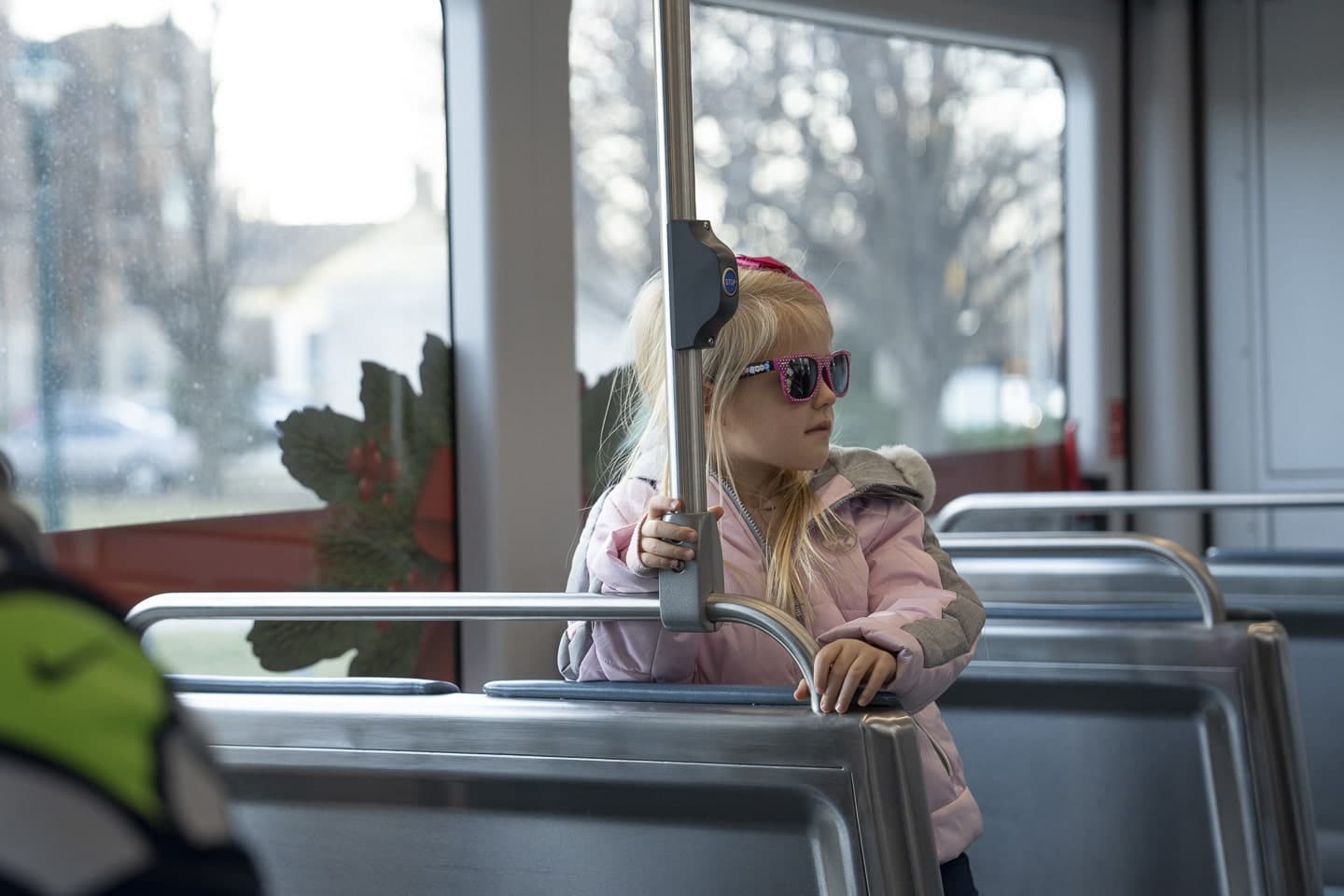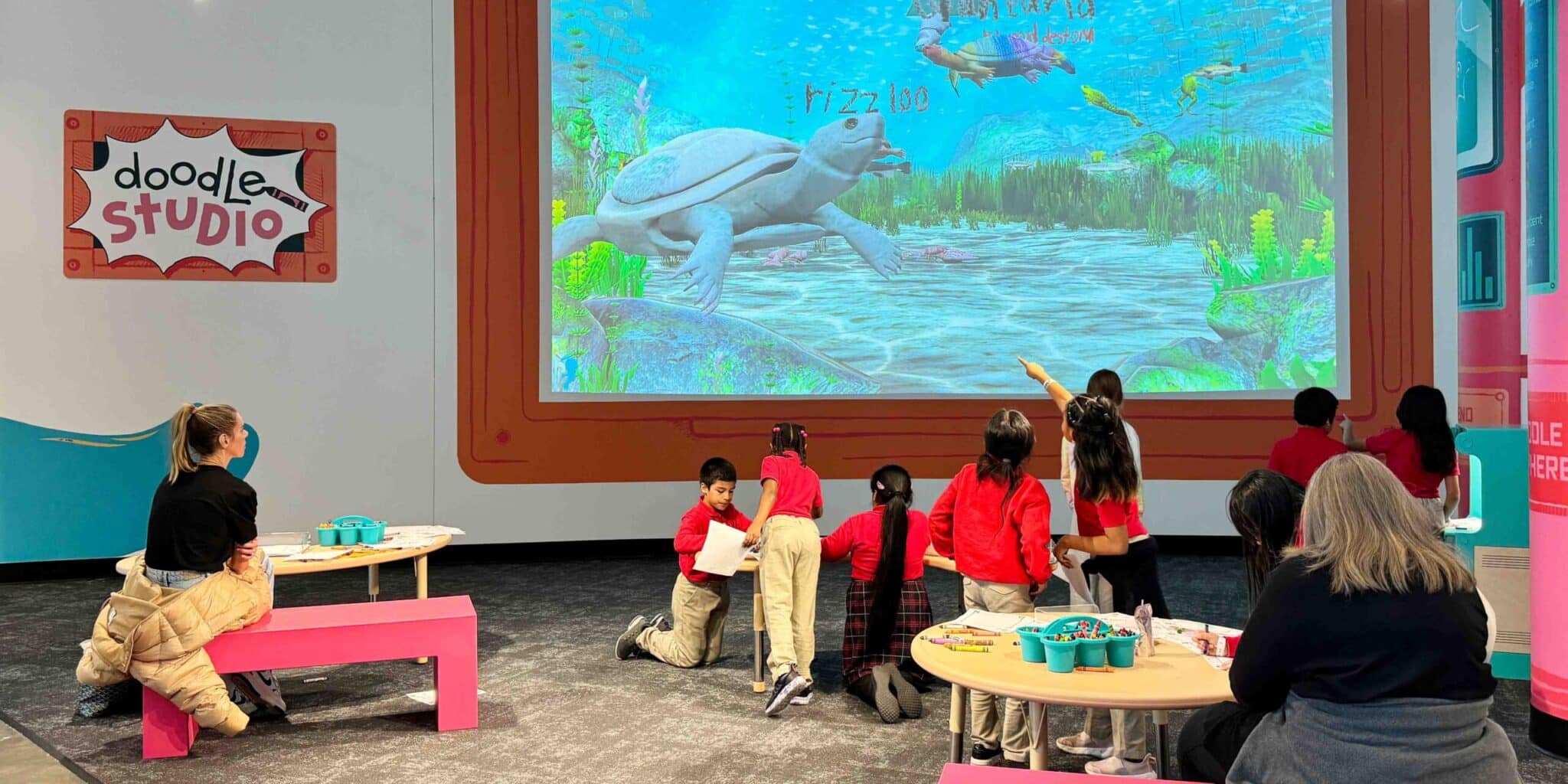Over 75% of kids believe that election outcomes will impact their lives, according to KidsHealth.org.
If your child is curious or has questions, now is the perfect time to explain the voting process and civic engagement. Talking to kids about elections can help them understand how democracy works and why voting is important.
To help you navigate these conversations, here are age-appropriate tips to guide you through election season.
Ages 4-5
Ages 4-5: Introducing Basic Concepts
Young children are ready to learn simple facts about voting and government. Keep it fun and lighthearted:
- PBS Kids’ “Let’s Vote!”: A non-partisan, kid-friendly resource with printables, crafts, and simple explanations of the voting process.
- Picture Books: Try “Bad Kitty for President” or “The Kid Who Ran for President” to introduce the concept of elections through storytelling.
- Sing a Song: Teach them the President’s Song to help familiarize them with past U.S. presidents in a fun and engaging way.
Ages 6-7: Engaging School-Aged Children
Children in this age group are ready for a deeper understanding of the election process:
- Start the Conversation: Use resources like Common Sense Media’s tips for talking to kids about elections, decoding political ads, and identifying campaign behavior.
- Use Visuals: Show them the history of political party symbols like the donkey and elephant to help make the abstract more relatable.
- Offer Balanced News: Introduce kid-friendly news sources like Scholastic Kids Press and The Week Junior to help them stay informed about current events in an age-appropriate way.
- Play Election Games: Try election-themed bingo or count bumper stickers and yard signs while driving. Or play “President for a Day” at home, where they can write a family constitution.
- Avoid Negativity: Kids pick up on emotions, so it’s a good idea to limit heated political discussions in front of them. Explain your feelings calmly if necessary, so they don’t feel it’s their fault.
Ages 10 and Up: Critical Thinking About Elections
Middle schoolers can handle more complex discussions and start thinking critically about political processes:
- Kid-Friendly News: Explore Time for Kids for accessible articles on the electoral college, political conventions, and the latest election news.
- Analyze Political Ads: Discuss political ads with your child. Break down the language, music, and visuals used, and talk about how they influence emotions and opinions.
- Explore Political Cartoons: Introduce the tradition of political cartoons. Share and discuss the symbolism and satire used to critique political figures and issues.
- Get Involved: Encourage your child to get involved by passing out flyers, watching debates, wearing campaign pins, or raising money for a cause they support.
- Lead by Example: Take your child to the polls to show them the voting process in action. Use this experience to demonstrate how to express opinions respectfully, even when disagreeing.
Talking to kids about elections is a great way to teach them about the importance of civic engagement and critical thinking. Whether your child is just starting to learn the basics or is ready to dive into the political process, these age-appropriate tips will help guide meaningful discussions. Remember, it’s not just about the facts—it’s about encouraging them to ask questions and stay curious about the world around them.
Teaching your kids about elections? Take it a step further by helping them become responsible online citizens. Learn more in our guide on How to Teach Kids Digital Citizenship.
Looking for more helpful parenting tips? Check out 5 Practical Back-to-School Tips to ease the transition into the school year, and learn How to Teach Good Sportsmanship for fostering respect and teamwork in your kids.
Calie Herbst, Editor-in-Chief of Milwaukee With Kids, has spent over a decade combining her experiences as a parent of three to create a hub for Milwaukee’s family adventures.
Her decade-long teaching career in Milwaukee Public Schools and academic background, including a Master’s in Teaching from Marquette University and dual B.A.s in Sociology and Spanish from the University of Wisconsin – Madison, fuel her passion for inclusive and engaging family content.
Calie is also a recognized voice in local media, contributing to WISN Channel 12 News, WTMJ Wisconsin Morning News, Fox 6’s Real Milwaukee, and B93.3.
Discover more about Calie’s journey and editorial approach on her About Page and Editorial Policy Page.











